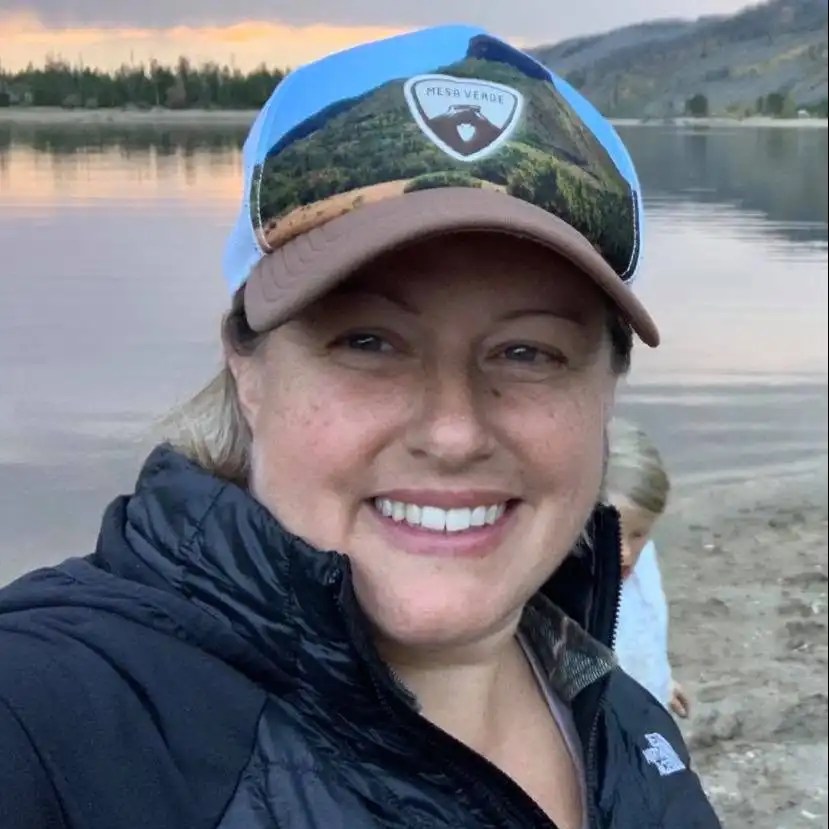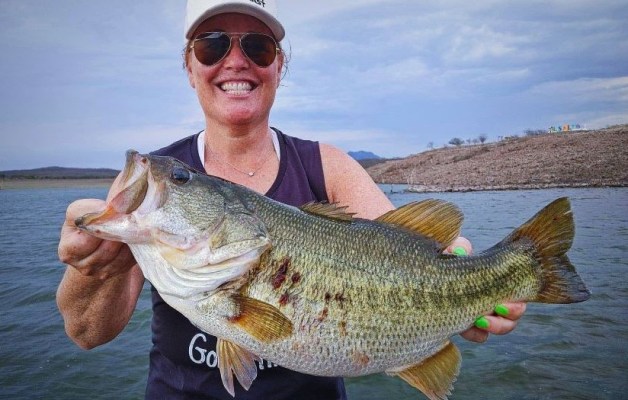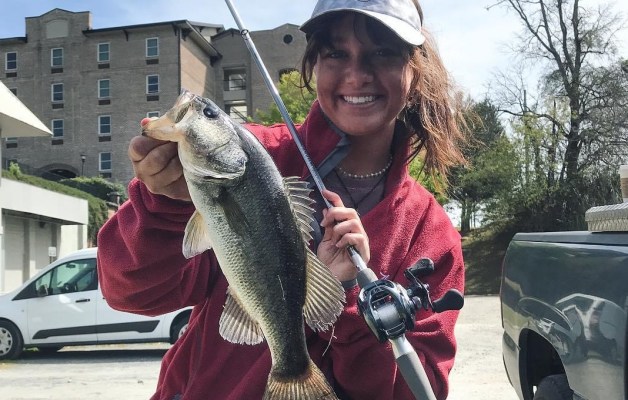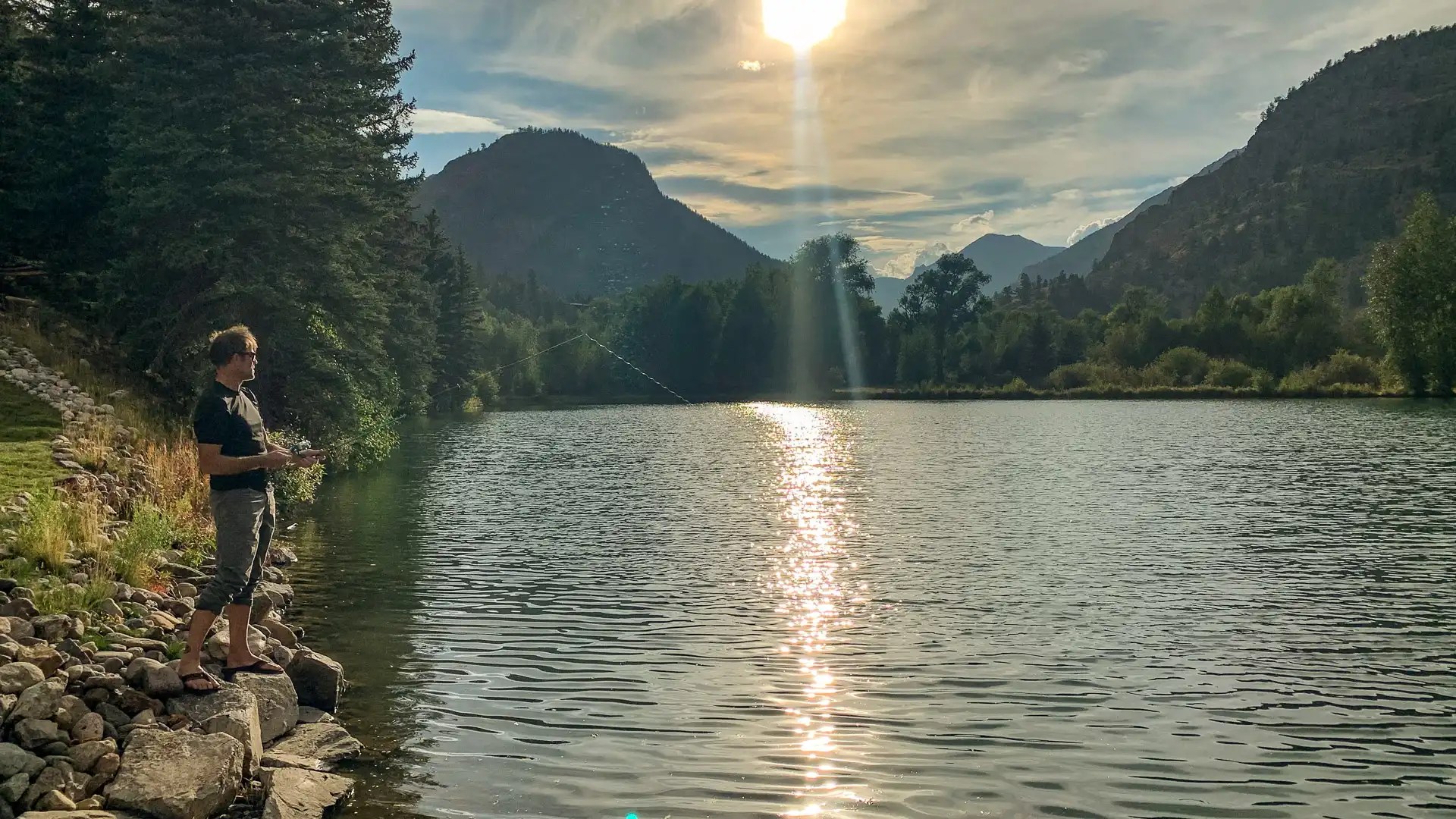
Daylight may be shorter and the temperature may be getting cooler, but that doesn’t mean that it is time to put that fly rod away quite yet. Take in the change of the seasons while catching some of the best fish throughout fall. Here are seven tips to get those fish biting through the autumn.
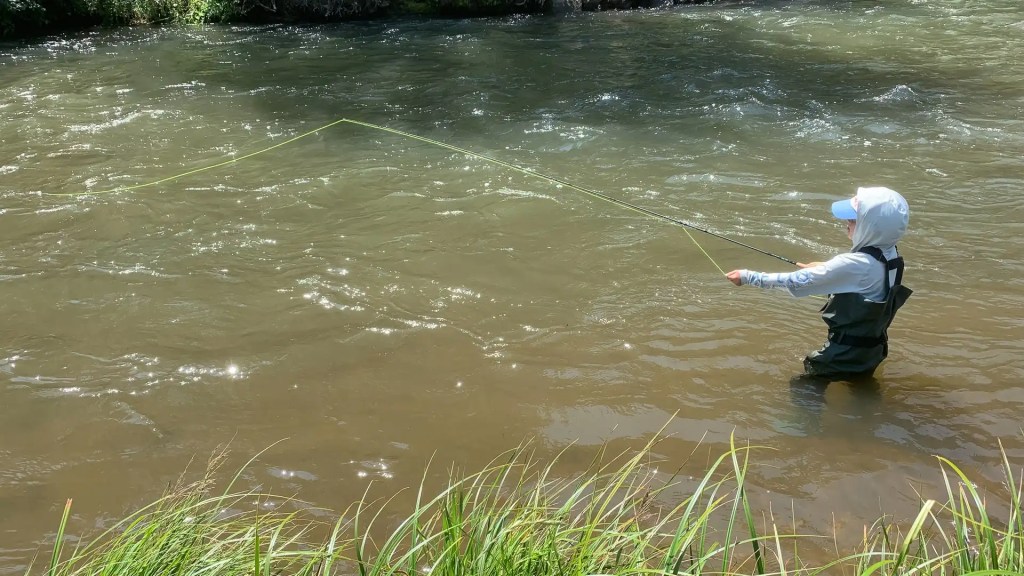
Keep a low profile
Streams, lakes and rivers run clearer in the fall, making it easier for fish to spot you. Water is also shallower, making it simple for trout to see prey. “Yes,” said Jim Ciccarelli, fly fishing guide with Shredder Outdoors. “The fish can see you a mile away,” he said, laughing. It is also important to wade into the water slowly. Keep talking and noise to a minimum. Cast fluidly upstream. Wear clothing that blends into the environment. You may also have more luck keeping stealthy by fishing from the bank.

Bring out the streamers
It is OK to still fish nymph and dry flies toward the end of summer and into early fall, but once the leaves begin to change, the winds pick up and the temperature drops, bring out the streamers. Quick-moving bait will be your friend. “You will want to cast downstream, especially from the bank,” said Ciccarelli. “Streamers are perfect in the fall when the brown (and other) trout begin to bulk up and eat more food getting ready to spawn, etc.” Trout are territorial during this time of year and may see streamers as a threat during spawning, making them irresistible.
Find the deepest water you can and throw streamers into the deeper pools. Ciccarelli also recommends sizing up with your rod to a 6 to 7 weight to make casting better. “It makes for a more aggressive take and is more fun.”
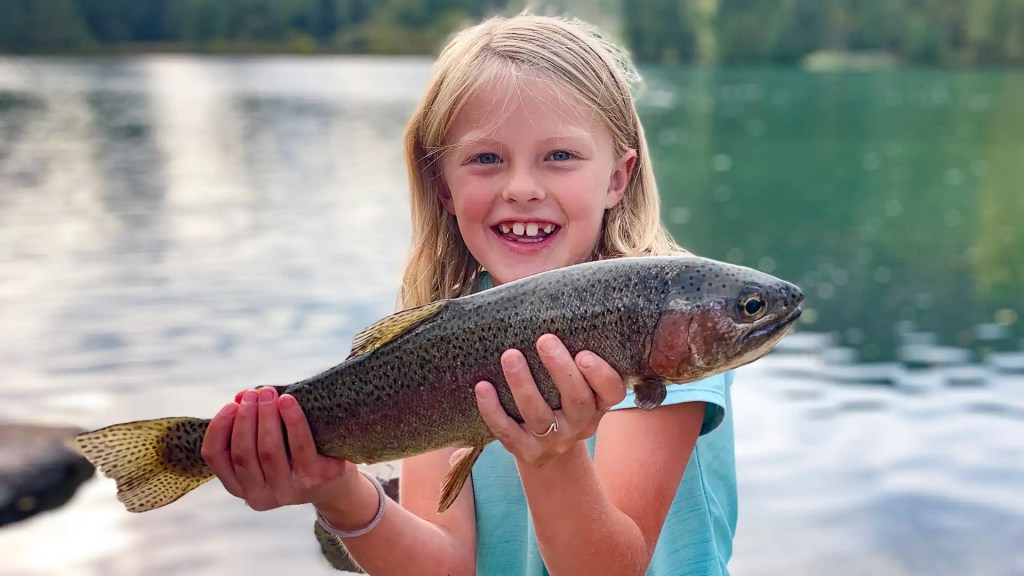
Add some movement
With leaves, sticks and other debris commonly floating along in the water during the season, it is difficult for fish to distinguish what is food and what isn’t. Keep stealthy but add a little movement to your bait with a small twitch during the drift as your line goes down the current. “You want it to be a small movement that is natural,” said Ciccarelli. This little movement may be enough to excite the fish and get them biting.
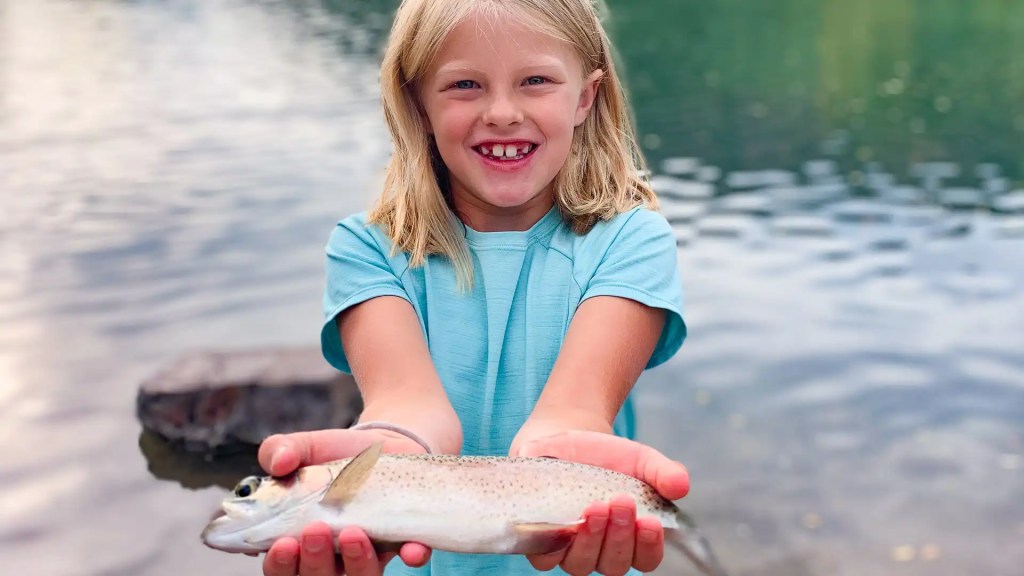
Head out later
While Ciccarelli hasn’t found a personal advantage to catching more fish by heading out later in the day in the fall, the warmer air and water temperatures may make for a more pleasant fishing experience. Layer your clothing accordingly, Ciccarelli recommended. “Definitely wear waders. You will want a base layer, midlayer and a waterproof outer layer. I also like to bring a towel to dry off my hands after putting them in the water. A towel is also helpful if by chance you fall into the water.”
It may also mean that trout and other fish and their prey (insects) are more active with the warmth of the sun. The longer shadows that are cast by the sun’s lower position throughout fall mean that remaining stealthy is even more important to keep from spooking the fish.
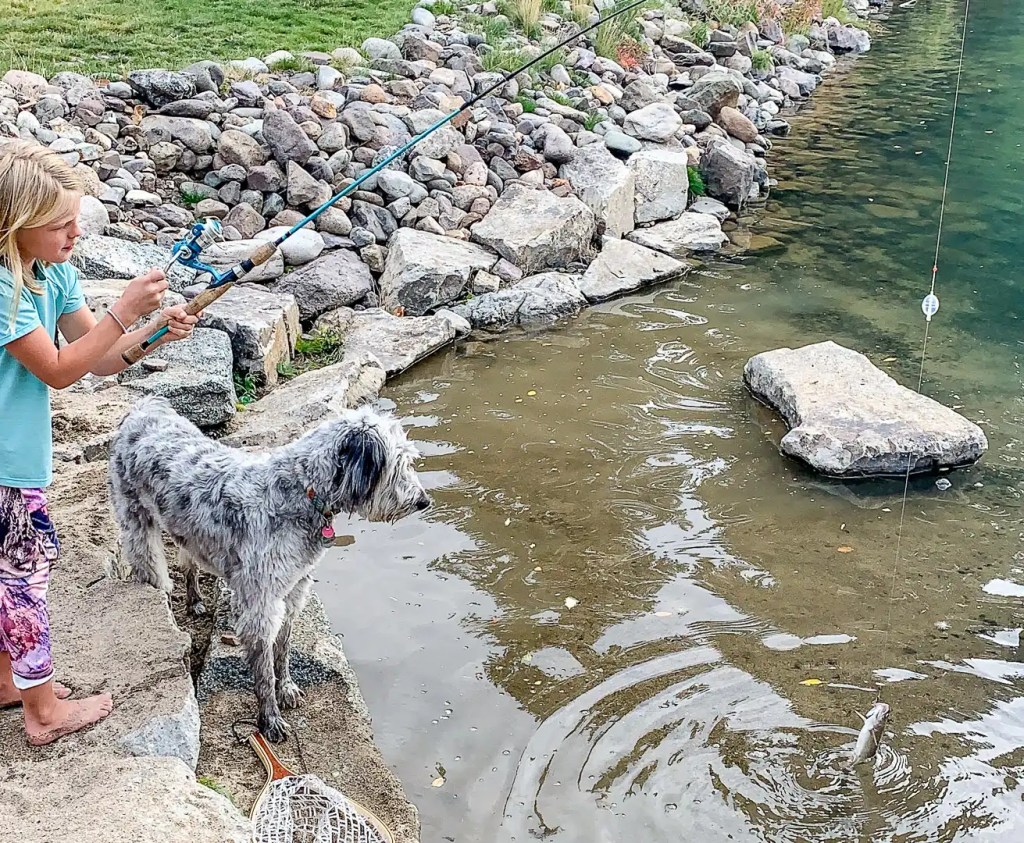
Watch for fishy behavior
Fish behavior changes from summer to fall. That means taking a different approach when going out for a day on the water. Trout tend to be more aggressive in the fall as spawning occurs. They may get territorial and often come up to the surface to bulk up for the winter months ahead. Trout tend to run up rivers to spawn or can often be found below dams during this time of year.
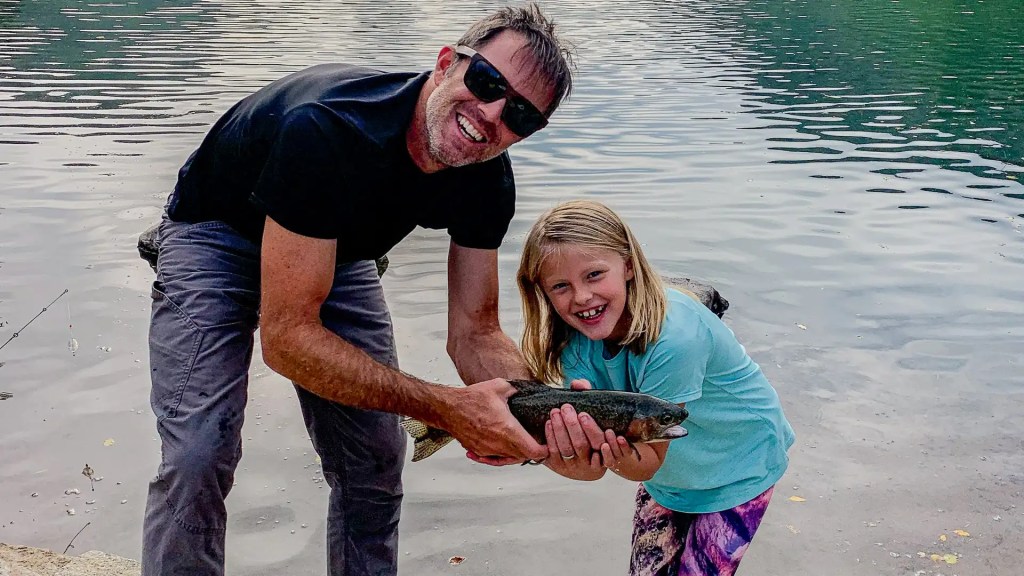
Choose a low-visibility line
Another way to combat fish being on higher alert with clearer water is to fish with a low-visibility line. Choose a darker colored line to help you be stealthy. “I prefer a black line,” said Ciccarelli. “If you use a brighter line, use a longer leader so you don’t spook the fish,” suggested Ciccarelli.
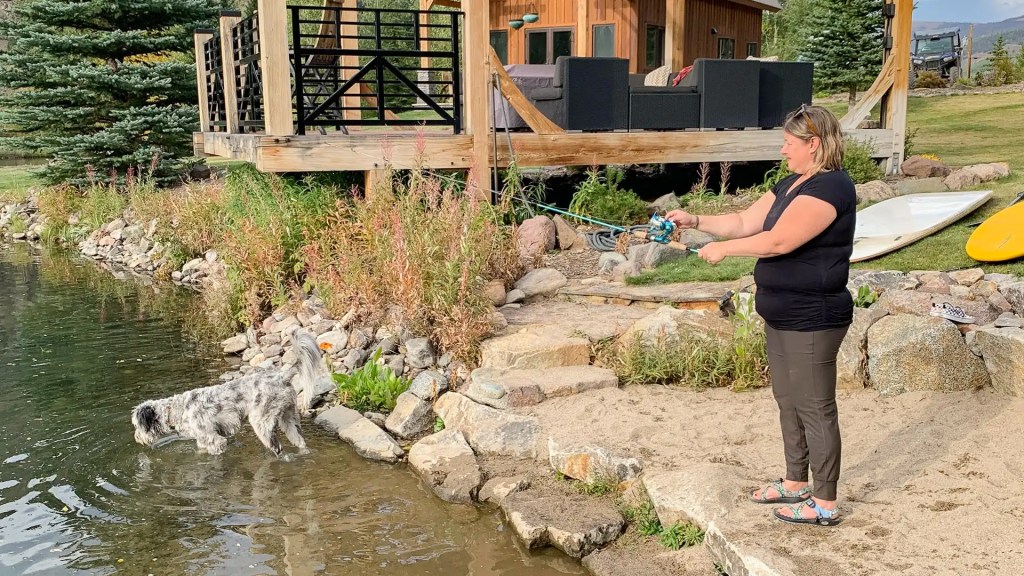
Mind the redds
While fishing in the fall, it is important to leave spawning fish alone. Brown trout and brook trout spawn in fall, as well as bull trout, if you happen to fish in the Northwest. “Try to leave them alone so they are able to do what they naturally do,” said Ciccarelli. Female laying trout often can be found in groups of two to four, Ciccarelli mentioned. Redds, or nests, are cleaner areas on river, lake or stream bottoms. Look for areas that are a mix of large cobble or fine gravel. You will see activity near a nest, likely a male protecting the eggs or a female in the process of laying. Give these fish the space they need to ensure future generations of fishing.
Be sure to know the regulations for fall fishing for the body of water you choose to cast in. The department of wildlife often limits fishing directly in areas where fish tend to spawn from Oct. 1 to Dec. 31. “The book they send with your fishing license typically will outline the laws,” said Ciccarelli.

